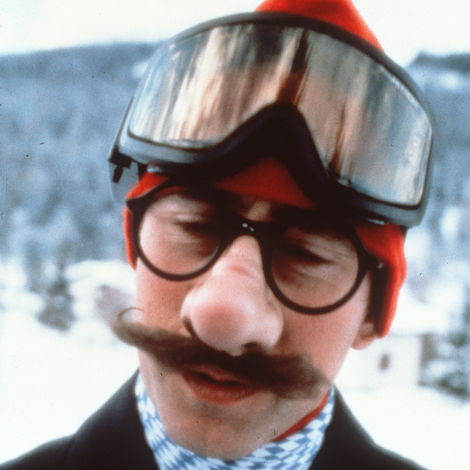In The Umbrellas of Cherbourg (1964), Catherine Deneuve and Nino Castelnuovo play young paramours separated by circumstance. It rains without stopping in Cherbourg—poised at the northern tip of France—sometimes softly, often in sheets. Thankfully, Geneviève, Deneuve’s character, runs an umbrella shop. The city is washed in spring pastels: lilac, lemon, pink. As Frances Hodgson Burnett wrote in The Secret Garden, spring “is the sun shining on the rain and the rain falling on the sunshine.”
Spring takes a stranger, more surreal form in Giulietta degli Spiriti (1965), Federico Fellini’s first color film. Sandra Milo, floating on a flower-covered swing while wearing a corset and veil, is the free spirit in his dreamscapes.
In Love in the Afternoon (1957), the season sets the stage for a May-December flirtation between 28-year-old Audrey Hepburn and 56-year-old Gary Cooper. The light is soft but the atmosphere uneasy. In The Eddy Duchin Story (1956), spring is brief, framed by the pianist’s rise, romance, and sudden tragedy. To Sir, with Love (1967), set in a gray London classroom, sees Sidney Poitier bringing discipline and hope to his rowdy working-class students. By the time graduation rolls around, they’ve grown and blossomed.
Spring tips into summer in Come September (1961). It was shot on the Italian Riviera, where the sunlight dazzles, the air is dry, and the Mediterranean, with its impossible blue, lies below. —Elena Clavarino; Ann Schneider (photo portfolio)
Elena Clavarino is a Senior Editor at AIR MAIL
Ann Schneider is the Photo Director at AIR MAIL

















